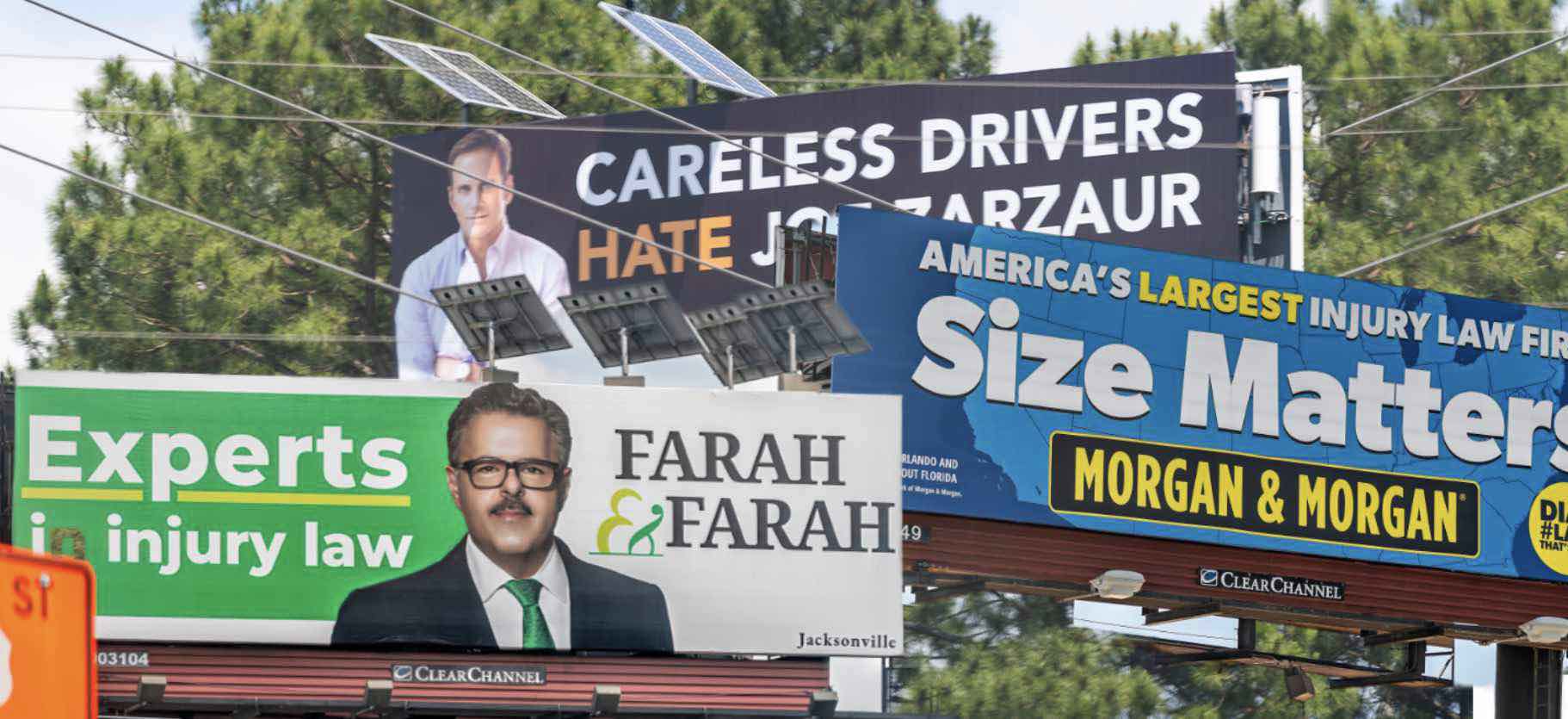What Commercial Agents Must Know About Workers’ Comp Exclusions

Amtrak coverage denied
- Amtrak’s Status as an Insured: Secura claimed Amtrak was not listed as an additional insured under the policy, meaning it lacked coverage for the claim entirely.
- Workers’ Compensation Exclusion: The policy contained an exclusion barring coverage for claims subject to workers’ compensation laws, which Secura argued applied to the employee’s injury.
This case illustrates how misunderstandings about policy scope and exclusions can lead to significant coverage gaps, leaving businesses like Amtrak exposed to costly litigation. For commercial agents, the case serves as a reminder to scrutinize policy language, confirm insured statuses, and educate clients about limitations in workers’ compensation and related liability policies.
Understanding Workers’ Compensation Insurance
Workers’ compensation insurance is designed to cover medical expenses, lost wages, and rehabilitation costs for employees injured on the job, while also protecting employers from lawsuits related to workplace injuries. It typically operates on a no-fault basis, meaning employees can receive benefits regardless of who caused the injury, but in exchange, they generally cannot sue their employer for negligence.
However, as the Amtrak case demonstrates, complications arise when policies include exclusions or when coverage disputes question who is insured. Commercial agents must ensure clients understand both the protections and limitations of their workers’ compensation policies, especially when multiple parties (e.g., contractors, subcontractors, or additional insureds) are involved.
Common Exclusions to Be Wary Of
Workers’ compensation policies often contain exclusions that can limit coverage in unexpected ways. Based on the Amtrak case and broader industry practices, commercial agents should pay close attention to the following exclusions and policy provisions:
- Workers’ Compensation Exclusions in Liability Policies
- What It Means: Many general liability policies, like the one in the Amtrak case, exclude coverage for claims that fall under workers’ compensation laws. This is because workers’ compensation is intended to be the primary coverage for employee injuries, and liability policies are not designed to duplicate this protection.
- Agent Action: Ensure clients have separate, robust workers’ compensation coverage and understand that general liability policies won’t cover employee injuries. Review liability policies for explicit workers’ compensation exclusions and advise clients to avoid relying on them for workplace injury claims.
- : If a client assumes their general liability policy covers an employee’s injury, they could face uncovered legal costs, as Amtrak did in the slip-and-fall lawsuit.
- Additional Insured Limitations.
- What It Means: Policies often specify who qualifies as an insured or additional insured. In the Amtrak case, Secura argued Amtrak was not an additional insured, nullifying coverage. This can occur when contracts require one party (e.g., a contractor) to add another (e.g., a client like Amtrak) to their policy, but the endorsement is not properly executed.
- Agent Action: Verify that all necessary parties are explicitly named as insureds or additional insureds in the policy. Review contracts to ensure compliance with insurance requirements and confirm endorsements are in place. Provide clients with documentation of insured status to avoid disputes.
- Example Risk: A subcontractor failing to add a general contractor as an additional insured could leave the contractor unprotected in a lawsuit, leading to financial losses.
- Employee vs. Independent Contractor Exclusions
- What It Means: Some policies exclude coverage for injuries to independent contractors or temporary workers, classifying them differently from employees. Misclassification of workers can lead to denied claims if the policy only covers “employees.”
- : Work with clients to clarify worker classifications and ensure policies cover all relevant personnel, including temporary or contract workers if needed. Recommend endorsements to extend coverage to non-employees when appropriate.
- Example Risk: A client hiring gig workers may assume they’re covered under workers’ compensation, only to find the policy excludes non-employees, leaving them liable for injuries.
- Intentional Injury or Misconduct Exclusions
- What It Means: Workers’ compensation policies often exclude injuries caused by an employer’s intentional acts, gross negligence, or violations of workplace safety laws. This can limit coverage if an injury stems from deliberate misconduct.
- Agent Action: Advise clients to maintain compliance with OSHA and state safety regulations to minimize the risk of claims being denied due to misconduct. Consider supplemental liability coverage for scenarios where intentional acts might be alleged.
- Example Risk: If an employer ignores safety protocols, leading to an injury, the insurer may deny coverage, exposing the business to lawsuits.
- Geographic or Industry-Specific Exclusions
- What It Means: Some policies limit coverage to specific locations or exclude high-risk industries (e.g., construction, transportation). If a business operates outside the covered area or in a restricted industry, claims may be denied.
- Agent Action: Confirm that the policy aligns with the client’s operational scope, including all locations and job types. For multi-state operations, ensure coverage complies with each state’s workers’ compensation requirements.
- Example Risk: A client with workers in multiple states may find their policy only covers one state, leaving them non-compliant and uninsured elsewhere.
Practical Guidance for Commercial Agents
- Conduct Thorough Policy Reviews
- Before binding coverage, review policy documents for exclusions, insured statuses, and endorsements. Pay special attention to workers’ compensation and liability policy interplay to avoid gaps. Use checklists to ensure all exclusions are disclosed to clients.
- Educate Clients on Policy Limitations
- Clearly explain what workers’ compensation covers and what it excludes, using real-world examples like the Amtrak case. Provide written summaries of key exclusions to ensure clients understand their responsibilities and risks.
- Verify Contractual Insurance Requirements
- When clients enter contracts (e.g., with vendors or contractors), review insurance clauses to ensure compliance. Confirm that additional insured endorsements are properly executed and match contract terms.
- Recommend Comprehensive Coverage Solutions
- For clients with complex operations, suggest combining workers’ compensation with other policies, such as employer’s liability insurance or umbrella coverage, to address potential gaps. Tailor solutions to the client’s industry and risk profile.
- Stay Updated on Legal Trends
- Monitor cases like the Amtrak dispute to understand how courts interpret exclusions. Subscribe to resources like Law360 Insurance Authority for real-time updates on insurance litigation and regulatory changes. This knowledge helps agents anticipate challenges and advise clients proactively.
- Document All Communications
- Maintain records of discussions with clients about exclusions and coverage options. In the event of a dispute, documentation can demonstrate that the agent fulfilled their duty to inform.
Broader Implications and Industry Context
The Amtrak case reflects a broader trend in insurance litigation where insurers leverage exclusions to deny coverage, particularly in high-stakes employee injury claims. According to Law360, similar disputes have arisen in other contexts, such as a Colorado case where employees sought coverage beyond workers’ compensation for work-related crashes, highlighting the need for clear policy language. Additionally, regulatory changes, like California’s rules allowing insurers to use catastrophe models for pricing, underscore the evolving risk landscape that agents must navigate.
Commercial agents should also be aware of industry-specific risks. For example, transportation companies like Amtrak face unique exposures due to their workforce size and operational complexity. Agents serving such clients must ensure policies account for these factors and that exclusions don’t undermine coverage for common claims like slip-and-falls.
Conclusion
The Amtrak slip-and-fall case serves as a cautionary tale for commercial agents, emphasizing the need to diligently review workers’ compensation policies and their exclusions. By understanding common exclusions—such as workers’ compensation carve-outs, additional insured limitations, and employee classification issues—agents can better protect clients from coverage denials. Practical steps like thorough policy reviews, client education, and staying informed on legal trends will help agents mitigate risks and build trust with clients. In a litigious environment, as evidenced by ongoing insurance disputes reported by Law360, proactive risk management is essential to ensuring clients are adequately covered for workplace injuries.
For further details on the case, refer to the original article at Law360: https://www.law360.com/insurance/articles/2335665.[](https://www.law360.com/insurance-authority/general-liability/articles/2335665/insurer-denies-coverage-for-amtrak-employee-slip-and-fall)










